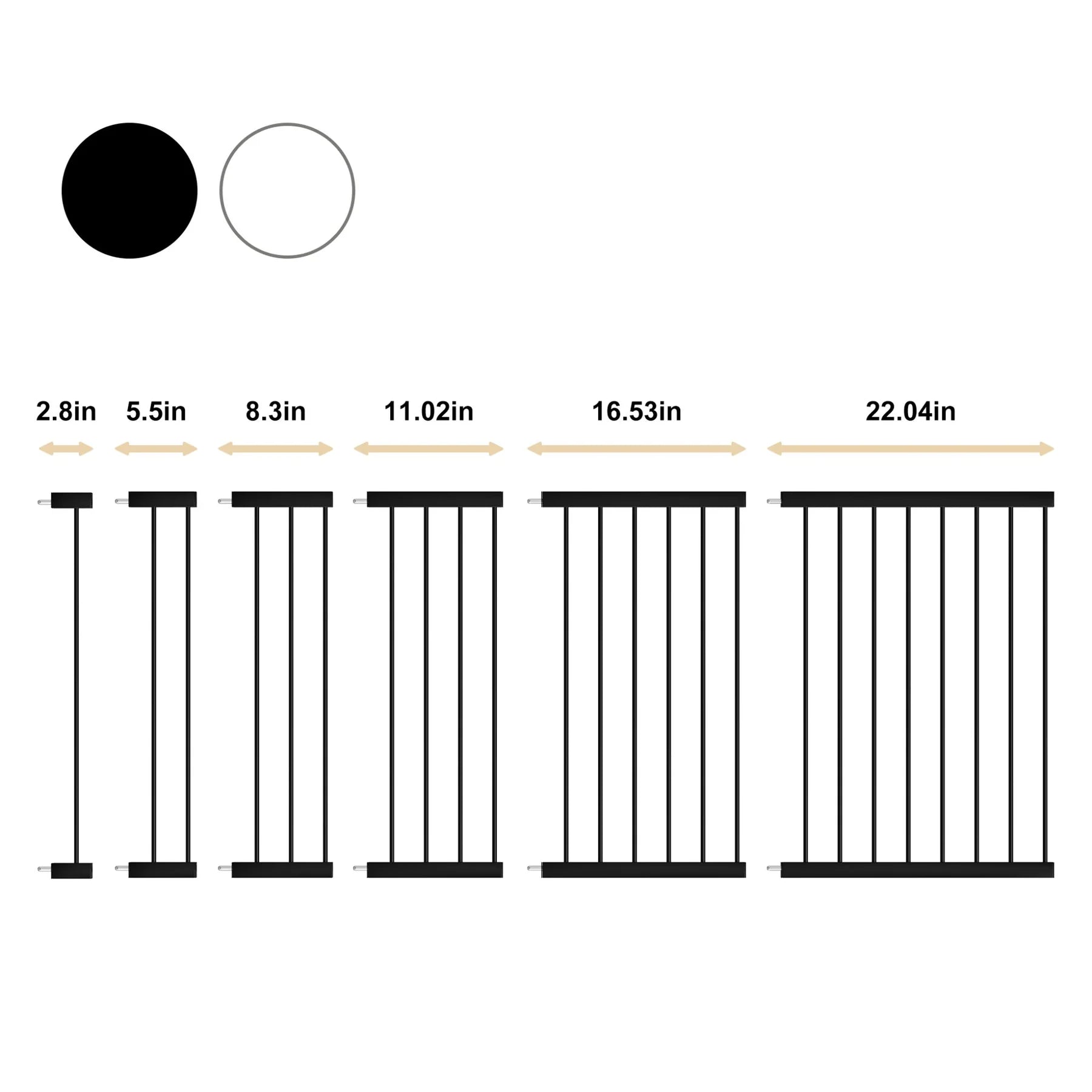How to Sleep Train Your Baby? 3 Easy Steps!

Sleep training teaches your baby how to fall asleep independently and stay asleep through the night. While the initial process can involve some crying, research shows sleep training is not harmful and most babies adjust within a few nights. With patience and consistency, you can give your baby the gift of sleep.
When Should You Start Sleep Training?
According to the American Academy of Pediatrics, most babies are ready for sleep training between 4 and 6 months of age. At this point, your baby can go longer between feedings and their circadian rhythm is more developed. However, every baby is different, so check with your pediatrician if you have concerns. Some signs your baby may be ready include:
- Baby can go 4-6 hours between feedings.
- Baby is growing steadily.
- Baby can roll over both ways.
- Baby can sit with little support.
Step 1: Determine the Right Time to Begin Sleep Training
When it comes to sleep training, timing is crucial. Most experts recommend waiting until your baby is at least four months old before starting any sleep training method. This is because, around this age, babies begin to sleep for more extended periods during the night, often lasting six to seven hours.
Step 2: Choose a Sleep Training Method That Works for You and Your Baby
There are several effective sleep training methods to choose from. Consider your baby's temperament and your own comfort level when deciding on an approach. The most popular methods are:
a. Cry It Out (CIO)
The Cry It Out method involves putting your baby to bed when they're drowsy, then allowing them to self-soothe and fall asleep on their own, even if they fuss or cry. With the cry it out method, you put your baby to bed drowsy but awake and do not intervene, even if they cry. You wait for baby to self-soothe and fall asleep on their own. This can be difficult to implement, but typically produces results within a few nights.
b. Ferber Method (Check and Console)
The Ferber method, or "graduated extinction," is a gradual approach, letting your baby cry for specified intervals before checking on them. Over time, these intervals increase until check-ins are no longer necessary. According to a study, the Ferber method significantly improved infant sleep within 2 weeks.
c. Chair Method
The chair method may work better for older babies and might feel more comfortable for both you and your baby. Sit in a chair next to your baby's crib until they fall asleep without picking them up. Gradually move the chair farther away each night until you're out of the room.
d. Pick Up, Put Down Method
After putting your baby to bed drowsy but awake, you wait a few minutes before responding to their cries. Pick them up, soothe them until calm, then return them to the crib awake. Repeat this process, waiting longer each time before responding, until your baby learns to self-soothe to sleep. This gradual approach may lead to fewer tears for some babies. If they cry and can't settle themselves, pick them up and soothe them. Once calm, return them to their crib.
Step 3: Consult Your Pediatrician When Necessary
If you're unsure about when or how to begin sleep training, consult your baby's doctor. Likewise, if a method isn't working after two weeks of consistent effort, seek advice from your pediatrician.
If your baby spits up or throws up while crying during sleep training, consult your doctor to determine if this is a sign of illness or an indication that a different approach is needed.
Tips to Make Sleep Training Less Stressful for You and Your Baby
The first few nights of sleep training will likely involve tears, but if you remain consistent, your baby will adjust. To ensure a smoother sleep training experience, consider the following tips:
- Establish a consistent bedtime routine: A predictable routine helps signal to your baby that it's time for sleep. Include activities such as bathing, reading, or singing to create a calming atmosphere.
- Create a conducive sleep environment: Make sure your baby's room is dark, quiet, and at a comfortable temperature. Consider using a white noise machine or blackout curtains to block out any disturbances.
- Be patient and consistent: Sleep training takes time, and your baby may need a few days or even weeks to adjust. Stay consistent with your chosen method, and be patient as your baby learns new sleep habits.
- Avoid overstimulation before bedtime: Engaging in high-energy activities right before bed can make it harder for your baby to fall asleep. Opt for calming activities instead.
- Take care of yourself: Sleep training can be an emotional process for parents. Make sure you're taking care of your own needs, including getting enough rest, seeking support from friends or family, and practicing self-compassion.
- Ask friends/family for support: Let them know you are sleep training so they can provide encouragement and help with chores. Consider hiring a postpartum doula.
With patience and time, you will get through sleep training. Most babies achieve longer sleep stretches within 3 to 5 nights. Stay committed—the end result will be a well-rested baby and happier family. You've got this! If needed, ask others for support or speak to a pediatric sleep consultant. Your baby's sleep is worth the effort.
Common Sleep Training Mistakes and How to Avoid Them
Here are some common mistakes parents make during sleep training and tips for avoiding them:
- Inconsistency: Changing methods frequently or not sticking to a routine can be confusing for your baby. Make sure all caregivers follow the same method. Don't let others comfort or feed baby during the night, especially in the first week.
- Starting too early or too late: As mentioned earlier, it's best to start sleep training around four months of age. Beginning too early might not be developmentally appropriate, while starting too late may make it harder to break ingrained habits.
- Ignoring your baby's cues: Pay attention to your baby's signals, such as rubbing their eyes or yawning. These cues can help you identify when it's time for bed and make the process smoother.
- Neglecting naps: Sleep training should also include establishing a consistent nap schedule. This helps regulate your baby's sleep patterns, making nighttime sleep more predictable.
Resources and Forums for Sleep Training Support
Connecting with other parents can be a valuable source of support and information during the sleep training process. Here are a few resources and forums to consider:
- BabyCenter Community: This forum offers a space for parents to ask questions, share experiences, and seek advice on various sleep training methods.
- What to Expect Sleep Training Group: Another forum where parents can discuss sleep training techniques, challenges, and successes.
- The Sleep Lady: Kim West, also known as The Sleep Lady, offers expert advice, resources, and support for parents navigating sleep training.
- The No-Cry Sleep Solution by Elizabeth Pantley: This book provides gentle, no-cry sleep training techniques and tips for parents seeking a more compassionate approach.
- Healthy Sleep Habits, Happy Child by Dr. Marc Weissbluth: This book offers practical advice on establishing healthy sleep habits for babies and children, including sleep training methods.
Some other helpful online resources include:
- The Baby Sleep Site - Parent Forum
- What to Expect Babycenter Community
- Reddit - r/sleeptrain
- American Academy of Pediatrics - Healthy Children
Remember, sleep training can be a challenging and emotional journey, but with the right support and resources, both you and your baby will reap the benefits of a restful night's sleep.
In Conclusion
Sleep training your baby is challenging, but teaching them healthy sleep habits is one of the greatest gifts you can give. While the crying can be difficult to work through, the rewards of an happily sleeping baby and restored rest for you will make the temporary discomfort worthwhile. With the guidance in this article and support from others, you can find a sleep training method perfect for your baby and family. Best of luck--you've got this!






Leave a comment